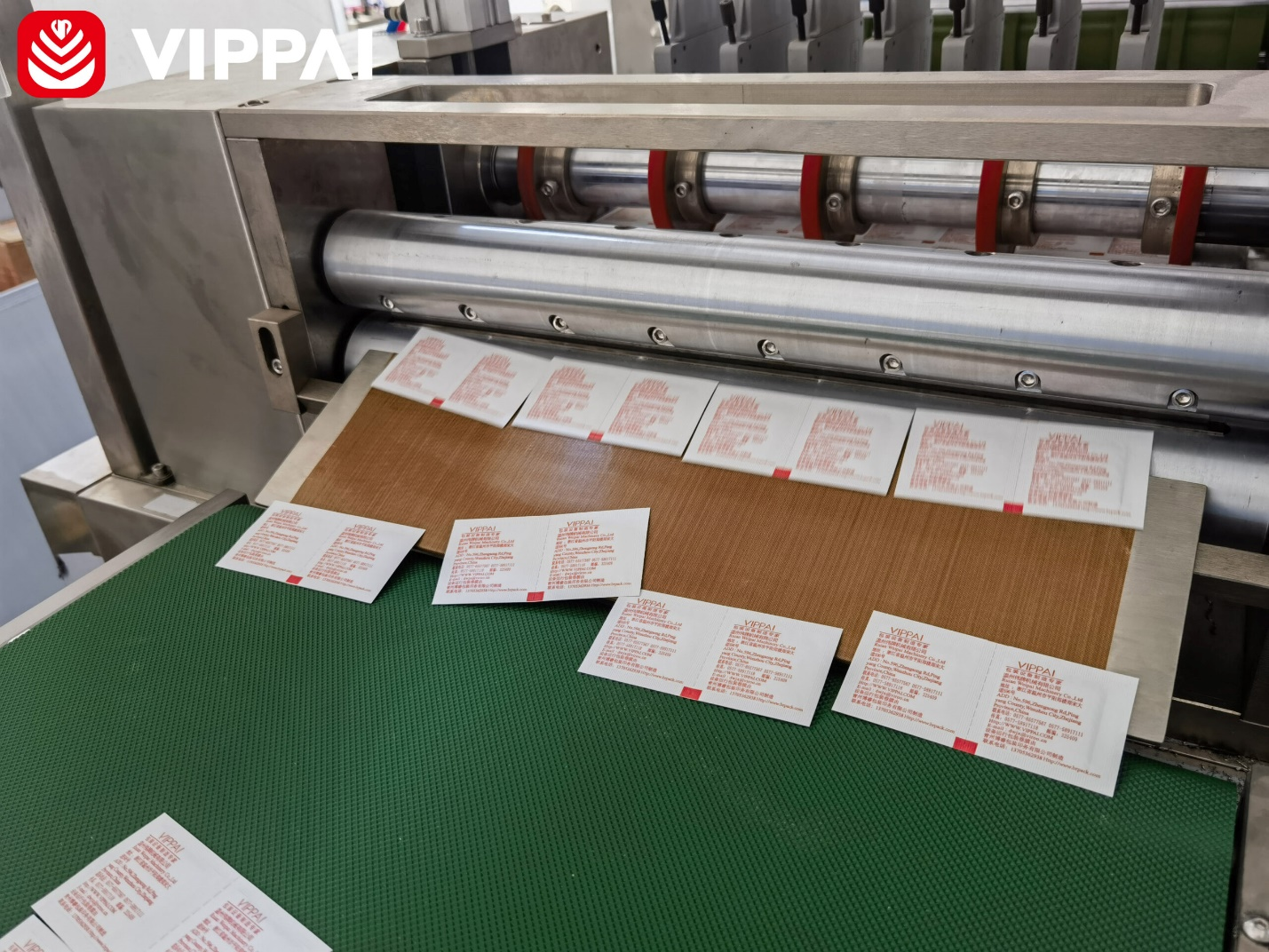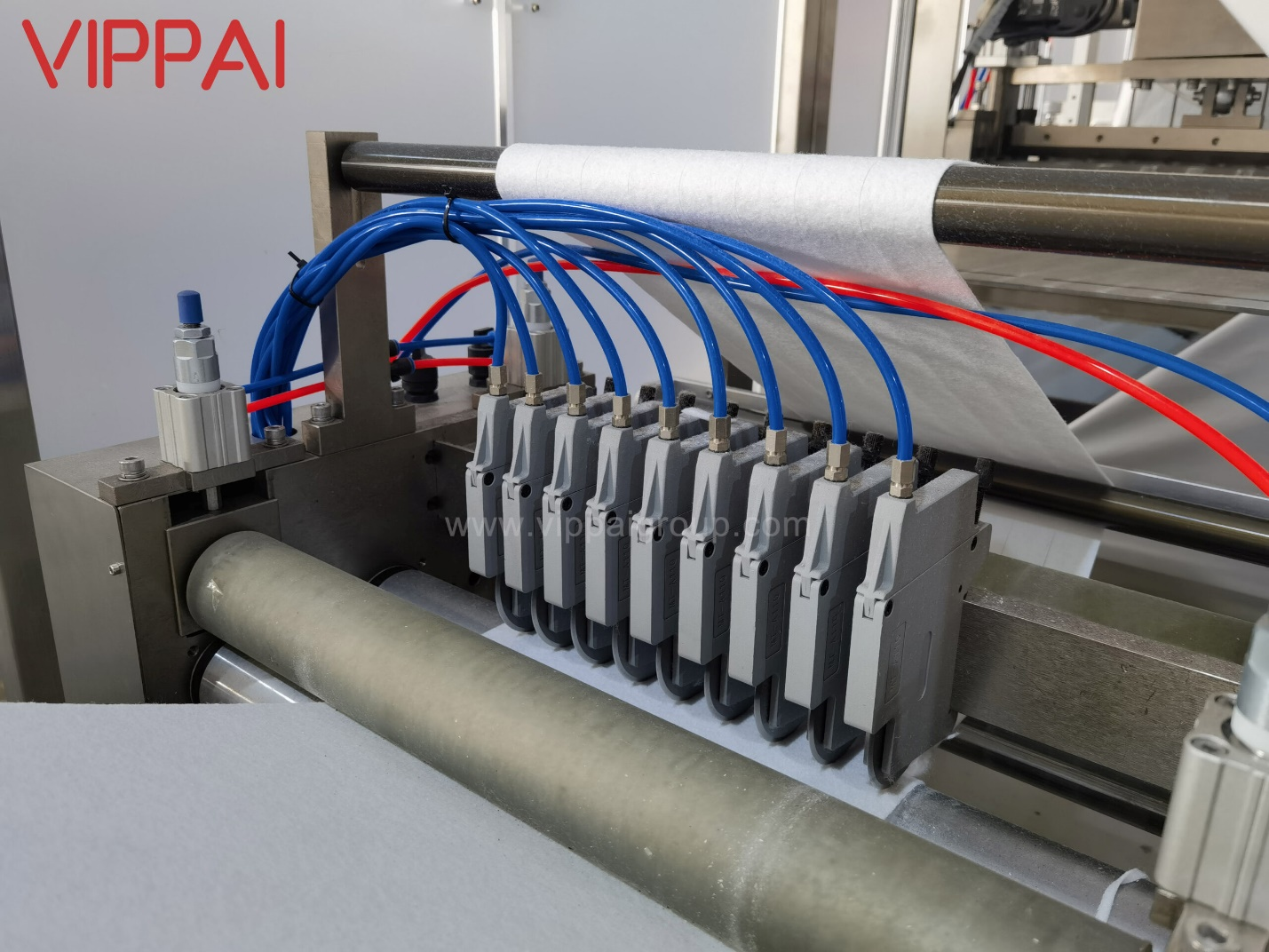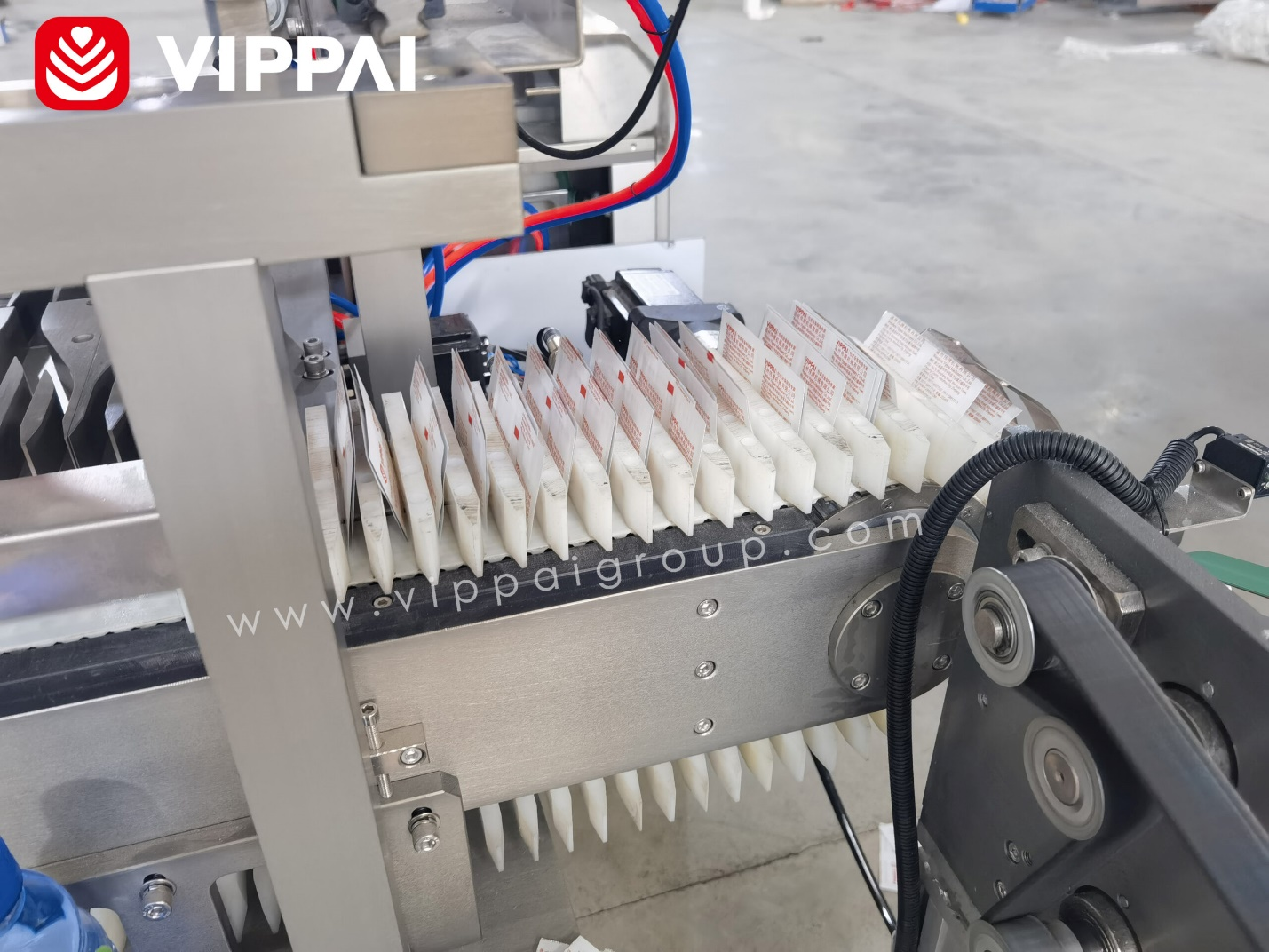Wet wipes are a household essential for parents, caretakers, and anyone on the go. Used for cleaning hands, faces, surfaces, and more, they offer portable convenience without the need for water. However, beyond their simple appearance as small moistened sheets, do you ever wonder what exactly goes into making a wet wipe effective at cleaning and conditioning surfaces? This article provides more insight into the key ingredients that give wet wipes their versatile abilities. It also explores how a modern wet wipes making machine expertly blends these components to maintain their freshness and integrity.

Key Ingredients of Wet Wipes
Wet wipes are a combination of several components that give them their cleaning and moisturizing properties. At the core of every wipe are these essential components. They set the requirements for the wet wipes making machine:
Nonwoven Fabric
The nonwoven fabric sheet forms the basic structure of each wipe. Providing strength and an absorbent substrate, this fabric allows wipes to withstand production processes. Its material composition must suit high-speed cutting and sanitation on wet wipe making equipment.
Water
Water is crucial for bringing other ingredients together into a cohesive wipe. Correct moisture content keeps wipes supple and prevents brittleness. Controlling the injection volume of water is challenging while important. Excessive water will permeate the package, affecting the sealing quality of the wipes and growing molds. Insufficient water departs from the primary function of a wet wipe.
Functional Additives
These can include ingredients like surfactants, which help with cleaning, or emulsifiers, which help mix oil and water. Additives like preservatives and pH regulators are important for product safety and stability. They ensure wet wipes do not promote bacterial growth during shelf life and adding other functions such as sterilization, moisture and aroma. Additive compatibility tests allow manufacturers to if the wet wipes making machines tolerates the ingredients.
Disinfectants
Ingredients like alcohol or benzalkonium chloride are used to kill or inhibit the growth of microorganisms. The wet wipes making machine must be designed to handle these potentially hazardous substances safely, with appropriate containment and ventilation.
Moisturizers
Ingredients such as aloe vera, glycerin, or other humectants help to soothe and moisturize the skin, leave it feeling soft and conditioned after cleaning. They also boost wipe flexibility and compatibility with high-speed packaging processes.
Fragrances
To make the wipes more pleasant to use, fragrances are often added. The machine must be able to handle the addition of these volatile substances without causing them to evaporate or degrade before the wipes are packaged.

Wet Wipes Production Process
Transforming raw materials into finished wet wipes requires a precisely coordinated production process. Various individual steps are completed sequentially to build each wipe to the desired specifications:
- Nonwoven fabric rolls enter the wet wipes making machine line. There, high-speed cutters stamp out individual sheets to exact dimensions. This determines packaging capacity.
- Sheets travel a saturation process where spray guns infuse liquids uniformly across the surface. Advanced alcohol pad making machine solutions ensure uniform saturation critical for alcohol prep pad compatibility.
- Stackers compile saturated sheets into booklet form for further processing. Counting mechanisms verify correct sheet quantities as demanded by packaging machines.
- Folding units crease sheets into size. Folding patterns must withstand upcoming packaging stresses.
- Quality inspection tools scan random sheets for uniformity. Defective sheets are discarded to maintain output quality.
- Stacked booklets proceed to sachet or tub packaging lines. High-speed wrapping machines tightly seal sheets within moisture-proof pouches optimized for alcohol pad compatibility.
- Lidding machines cap pouches promptly to ensure hygienic shelf life. Rapid sealing caters to downstream cartoner speeds.
- Fully enclosed pouches transition to carton packagers that load, close, and seal boxes at maximum rates.
VIPPAI’s VPD-800 Full Auto Alcohol Pad/Swab Machine Production Line
VIPPAI is a leading supplier of wet wipes making machine solutions. The VIPPAI VPD-800 is an automated alcohol pad packaging line. Designed for high-efficiency production, this integrated system pairs alcohol pad manufacturing with carton packing. This allows for efficient and reliable alcohol wipe production important in pharmaceutical and healthcare settings. Its key features and advantages include:
- Handles up to eight alcohol pad manufacturing heads simultaneously for a maximum output of 800-1200 pads per minute.
- Offers flexibility in alcohol prep pad machine connections to support four or six pad makers paired with a single carton packer based on customer needs.
- Greatly reduces labor requirements through fully automatic operation, lowering manufacturing costs.
- Electrical components meet industry standards for safety and reliability in medical product production.
- Maintains stable performance critical for consistency in alcohol wipe quality assurance.
- Streamlines packaging from pads to cartons in one integrated and synchronized production flow.
- Glass safety cover ensures hygienic operating conditions important for ensuring sterile alcohol prep pad products.

Conclusion
Overall, wet wipe manufacturing requires strategic blending of ingredients and seamless coordination across production processes. Modern packaging lines expertly handle these tasks through precision machinery. A leading brand in the field, VIPPAI develops innovative solutions like its high-performance VPD-800 alcohol pad line. This integrated system exemplifies efforts to optimize customer operations through unified pad-making. Visit VIPPAI’s official website to learn more about its automatic packaging solutions.